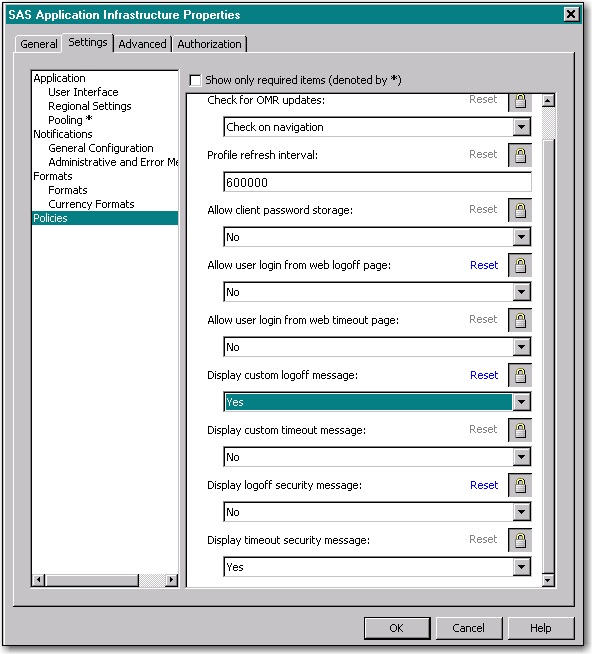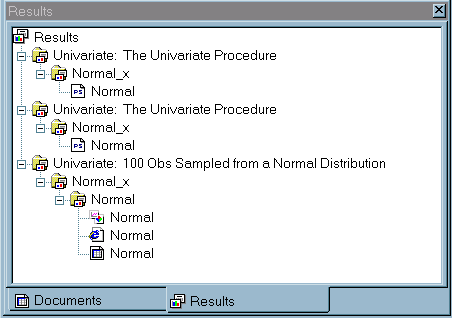
- How to write sas program with pageno and obs software#
- How to write sas program with pageno and obs code#
- How to write sas program with pageno and obs license#
How to write sas program with pageno and obs code#
Appeon Inc., 1/F, Shell Industrial Building, 12 Lee Chung Street, Chai Wan District, Hong Kongģ Contents I Sample Applications Using Sample Applications About the sample applications Installing the sample applications Opening the sample applications Using the Code Examples application Browsing the examples Finding examples Running and examining examples. Use, duplication, or disclosure by the government is subject to the restrictions set forth in subparagraph (c)(1)(ii) of DFARS for the DOD and as set forth in FAR (a)-(d) for civilian agencies. All other company and product names mentioned may be trademarks of the respective companies with which they are associated.

Unicode and the Unicode Logo are registered trademarks of Unicode, Inc. Java and all Java-based marks are trademarks or registered trademarks of Oracle and/or its affiliates in the U.S.

SAP and other SAP products and services mentioned herein as well as their respective logos are trademarks or registered trademarks of SAP and SAP affiliate company. Appeon and other Appeon products and services mentioned herein as well as their respective logos are trademarks or registered trademarks of Appeon Inc. No part of this publication may be reproduced, transmitted, or translated in any form or by any means, electronic, mechanical, manual, optical, or otherwise, without the prior written permission of Appeon Inc.
How to write sas program with pageno and obs software#
Upgrades are provided only at regularly scheduled software release dates.
How to write sas program with pageno and obs license#
The software described herein is furnished under a license agreement, and it may be used or copied only in accordance with the terms of that agreement. Information in this document is subject to change without notice. This publication pertains to Appeon software and to any subsequent release until otherwise indicated in new editions or technical notes. PROC SQL, views, macro variables, and in-place deleted observations may be all new to you right now, but as you advance with your SAS learning you are bound to start using them.1 Application Techniques Appeon PowerBuilder 2019 FOR WINDOWSĢ DOCUMENT ID: DC LAST REVISED: JCopyright 2019 Appeon. I've often wondered why SAS does not make this NLOBS value available as an option on the SET statement, but I'm sure there are reasons. This will certainly be more efficient if your SAS data set is very large. accounts for any deleted rows): proc sql noprint Note this works if HAVE is a data set or a view.Īlternatively, if you object is just a data set, you can use the SAS TABLES Dictionary view to return the NLOBS attribute, which has the number of "logical" observations (i.e. For example, suppose you have a data object named HAVE: proc sql noprint The "safest" way to find the number of undeleted observations in a data set or view is to use PROC SQL and actually count them, putting the result into a macro variable. It also may not work with certain views (especially views connected to external databases).

The value returned will be the number of physical observations in the data set, including any observations that may have been deleted in-place.

The NOBS option on the SET statement may not work in all cases. However, as your coding skills increase, you may find yourself in situations where is is not appropriate. As a new SAS user, the NOBS option may be all you need.


 0 kommentar(er)
0 kommentar(er)
